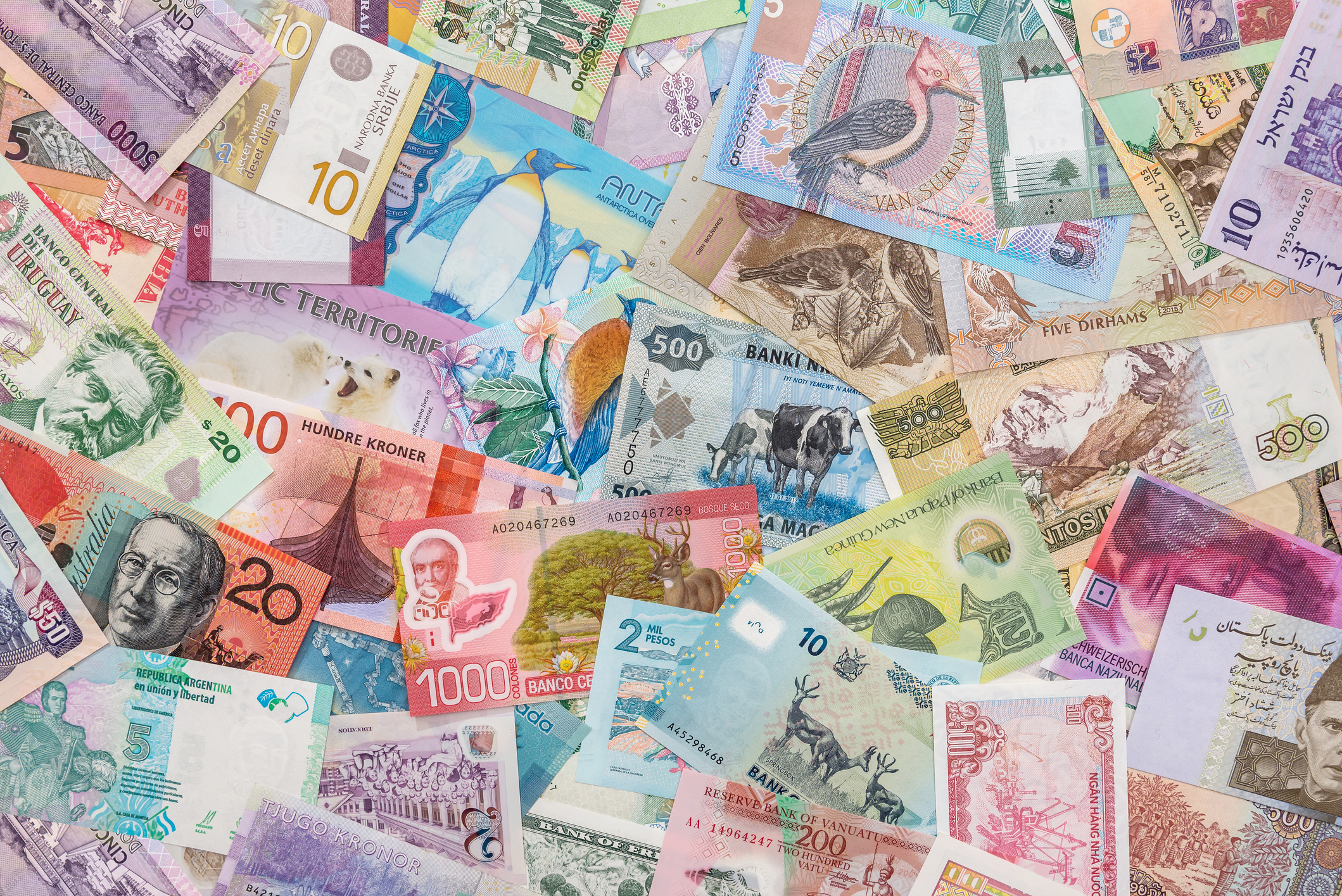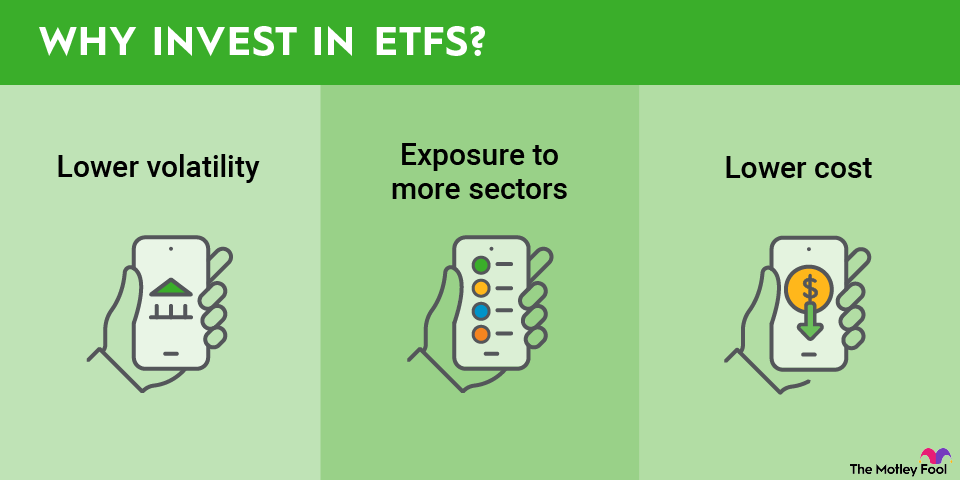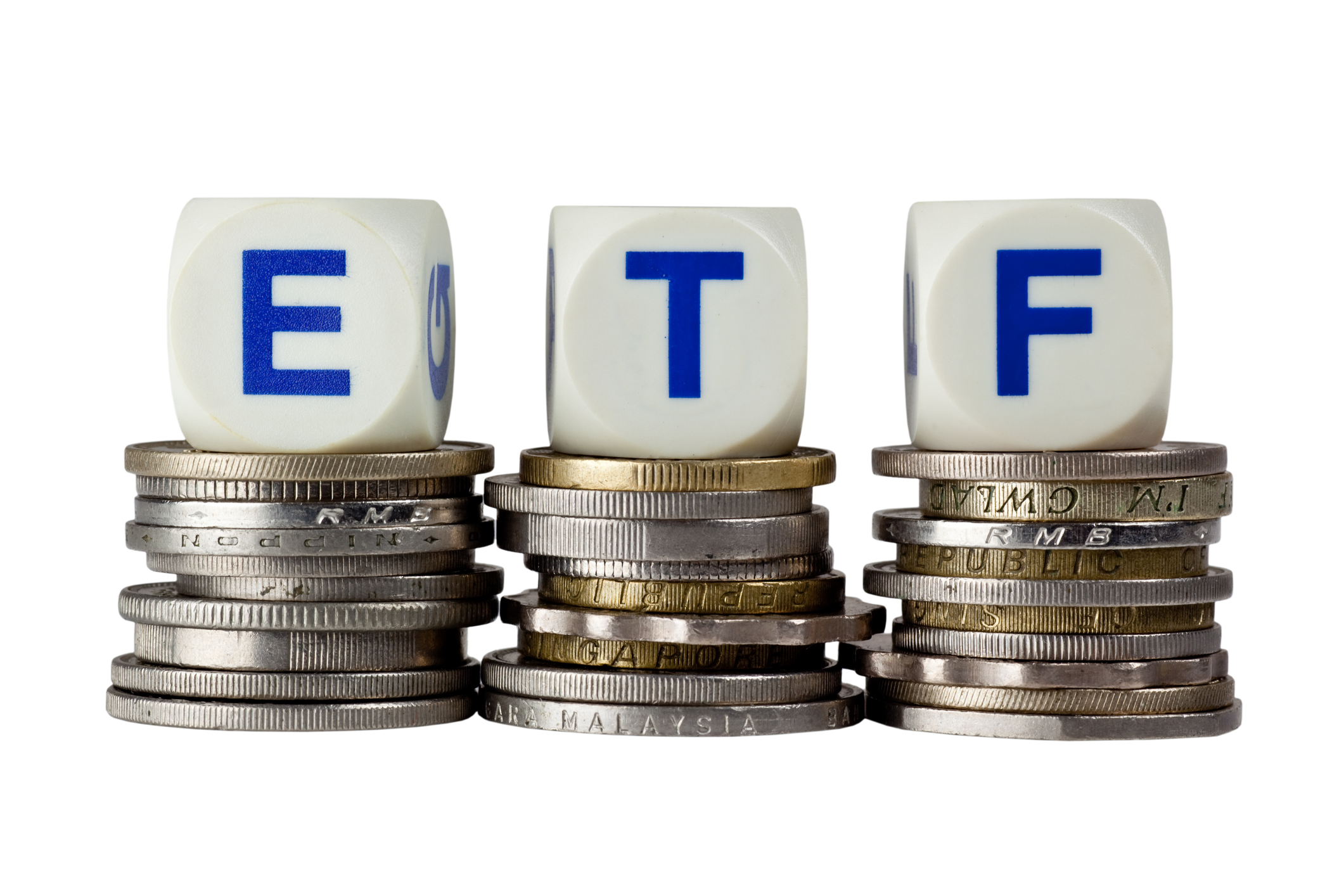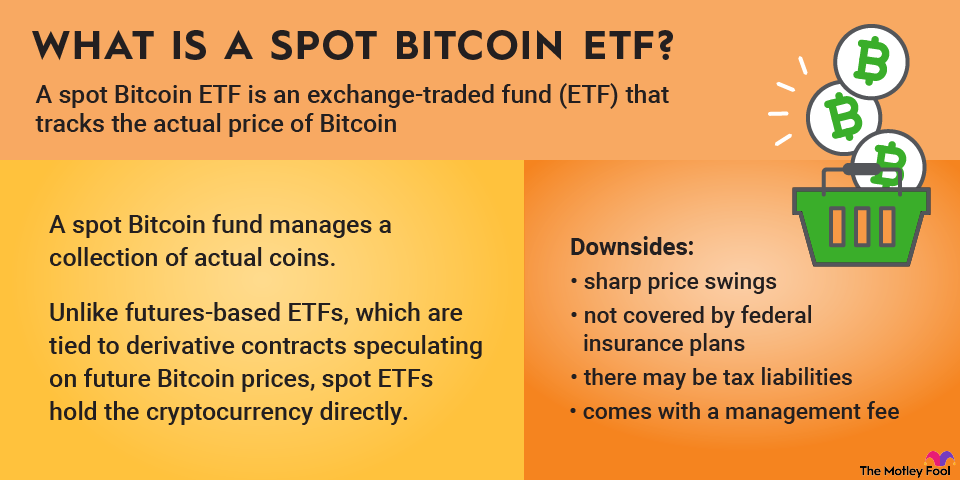International exchange-traded funds (ETFs) can be a smart addition to any well-balanced portfolio. An international ETF is a listed fund that holds stocks from countries aside from the U.S.
While U.S. stocks have outperformed over the past decade, that hasn’t always been the case. Savvy investors often keep some exposure to international ETFs to hedge against periods when domestic markets fall behind.

That’s exactly what happened in early 2025 when renewed tariff threats under a potential Trump administration caused U.S. stocks to stumble. In contrast, international markets -- especially in Europe -- held up better. You can also look back to the so-called “lost decade” from 1999 to 2009, when international stocks solidly outperformed U.S. equities.
You don’t need to buy individual foreign stocks, American Depositary Receipts (ADRs), or Global Depositary Receipts (GDRs), which can come with complexity and higher costs. International equity ETFs handle the heavy lifting for you and usually come with lower fees than the mutual funds many investors used in the past.
Here’s a look at some of the top international equity ETF picks available today.
The best international ETFs in 2025
What’s best will depend on your risk tolerance, time horizon, and investment goals -- but virtually all investors are well served by broad diversification, low fees, and tax efficiency.
The following international ETFs offer solid exposure, strong liquidity, and reasonable costs, making them smart building blocks for global diversification.
1. Vanguard Total International Stock ETF
The Vanguard Total International Stock ETF (VXUS +0.08%) is the “buy-it-all” option for international exposure. It tracks the FTSE Global All Cap ex-US Index, covering more than 8,600 stocks across small-, mid-, and large-cap companies from both developed and emerging markets. As the name suggests, it captures the other 40% of global equities that U.S.-focused indexes like the S&P 500 leave out.
This ETF has underperformed U.S. stocks over the past decade, with a 10-year annualized return of 8.34%, but past performance doesn’t predict the future. With a low 0.05% expense ratio, it has few structural headwinds for long-term investors looking for global diversification.
3. iShares Core MSCI EAFE ETF
You can break international markets down not just by country but also by classification -- developed or emerging. Developed markets typically have more mature economies, stable political systems, and well-regulated financial markets.
The iShares Core MSCI EAFE ETF (IEFA +0.06%) covers this segment by tracking the MSCI EAFE IMI Index, which holds more than 2,600 stocks from developed markets across Europe, Australasia, and the Far East -- hence the EAFE acronym. That includes countries like Japan, the United Kingdom, France, Germany, and Australia. This ETF has delivered a 10-year annualized return of 8.37% and charges a low expense ratio of 0.07%.
5. Schwab International Dividend Equity ETF
One thing income investors will appreciate about international equities is their tendency to offer higher dividend yields compared to U.S. stocks. If you’re looking to diversify globally while collecting above-average payouts, The Schwab International Dividend Equity ETF (SCHY +0.07%) is worth a look. It tracks the Dow Jones International Dividend 100 index, which screens for companies with at least 10 consecutive years of dividend payments.
Then, the Schwab International Dividend Equity ETF applies a composite score based on free cash flow to total debt, return on equity, dividend yield, and five-year dividend growth rate. The result is a portfolio with a strong 4.2% 30-day SEC yield. It hasn’t been around long enough to show a 10-year track record, but its 0.08% expense ratio is highly competitive in the international dividend equity space.
Related investing topics
Should I invest in international ETFs?
Investing in international ETFs is about balance, not chasing returns. The biggest reason to include them is diversification. When you hold stocks from outside your home market, you reduce your exposure to a single economy or currency.
If the U.S. stumbles, international equities -- especially from regions like Europe or Asia -- can offset some of that weakness. They also give you access to different sectors, consumer trends, and economic cycles that may not exist domestically.
Another advantage is valuation. Many international markets currently trade at lower price-to-earnings ratios than North American equities, meaning investors may be getting more earnings for each dollar invested. Combined with a weaker U.S. dollar, that could support stronger relative returns over time.
However, there are trade-offs. International ETFs add currency risk, since foreign currencies fluctuate against the dollar. Economic and political instability in certain regions can also create volatility, and growth in many developed markets outside North America tends to be slower.
Overall, international ETFs make sense for most long-term investors who want broad, global diversification. A reasonable target is to allocate roughly 30% to 40% of your equity portfolio to international markets. That level keeps your portfolio globally balanced without overexposing you to foreign risks.

















